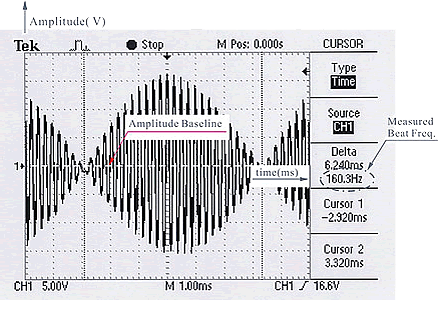TENS unit machine manufacturer FUJIDYNAMICS News | Probe | ECG | Interferential
Incontinence Stimulation Probe (Electrodes)
The Incontinence Stimulation Probe (Electrode) are intended to provide electromyography feedback from pelvic musculature or electrical stimulation to pelvic musculature for the purpose of rehabilitation of week pelvic floor muscles and restoration of neuromuscular control during the treatment of urinary incontinence.
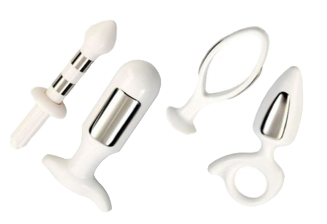
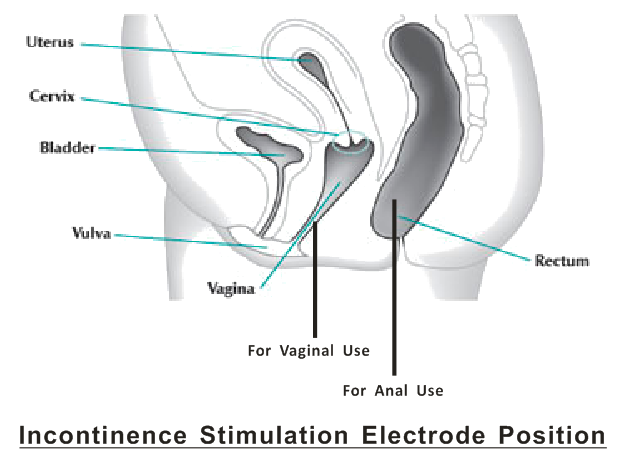
The Fuji Dynamics Incontinence Stimulation Electrode models Fuji-01/02/03/04/05/06/07/08/09/10/11/12/13/14/15 are the light weight cylinder consisting of two or three independent conductive rings or plates that are paired and isolated, physically and electrically. The cylinder is shaped with a waist and handle for comfort positioning in vaginal canal for incontinent treatment and easy in removing after treatment. It is watertight to allow for washing with soap and water between uses.
A broad range of ECG monitoring solutions by FUJIDYNA
Electrocardiography is the process of recording the electrical activity of the heart over a period of time using electrodes placed on a patient's body. These electrodes detect the tiny electrical changes on the skin that arise from the heart muscle depolarizing during each heartbeat.
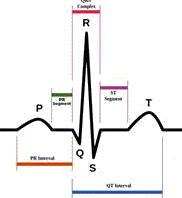
• Desktop ECG 133 with 3 electrodes
• Handheld ECG 159 with 3 electrodes & Detector
Designed in accordance with best-in-class standards, FUJIDYNA ECG measurements provide information for the care of patients in a wide range of care environments
Measure Symptoms promptly:
- Unexpected Breathing
- Dizzy, Apnea, Easy to Tired
- Fatigable, Edema, Syncope
- Paroxysmal Cardiogram
- Out of Breath
FUJIDYNA ECG measurement including as:
• Convenient switching between Skin-conductor and 3-lead electrodes (Handheld type only)
• Continuous ECG monitoring from only 3 electrodes or Skin-conductor
• ST segment analysis
• Simultaneous real-time display
• Up to 25 memories content 30 seconds for each record for Desktop type and 25 memories for Handheld type.
Interferential Current Stimulator INF4160
In early 1950, Dr. Han Nemec introduced the concept of INF (Interferential Current Device). The rationale was to overcome the problems caused by low-frequency currents, while maintaining their claimed therapeutic effect. Unlike TENS, which delivers intermittent pulses to stimulate surface nerves and block the pain signal, Interferential Current Therapy delivers continuous stimulation deep into the affected tissue.
The actual stimulation is produced by crossing two alternating currents with medium frequencies (around 4,000Hz) simultaneously to a targeted body region. As a result, these two currents will superimpose to form a new low frequency current (i.e. Amplitude-Modulated Beat) deep within the tissue. Figure 1 illustrates the phenomenon for this frequency beating.
When current is applied to the skin, capacitive skin resistance decreases as pulse frequency increases. In common, the treatment frequency of Interferential devices will be around 4,000Hz. With this particular frequency, the capacitive skin resistance is around 80 times lower than with a frequency of 50Hz in conventional TENS unit. In such case, interferential current crosses the skin with greater ease and with less stimulation of cutaneous nociceptors allowing greater comfort during the treatment.
Although the theory of Interferential Therapy was introduced half a century ago, it is still difficult to attain its requirements completely. The complexity associated with the original Interferential Therapy was to generate sinusoidal outputs with both precise and adjustable frequency. Imagine the Interferential device is required to generate a 4,002Hz sine wave, but a 1% of error will already lead to ±40Hz difference in the actual output. Therefore, the acceptable percentage of error for Interferential device must be less than 0.01%. The second difficulty comes with the Interferential Therapy is in producing sinusoidal outputs. In combining the afore-mentioned problems, Interferential devices are usually desktop and uses A.C. Main (for sinusoidal outputs). It is also common to have portable Interferential device but produces square wave.
INF4160 is a portable Interferential device that applies the latest I.C. technology to breakthrough the above-mentioned barriers. Figure 2 and 3 show the captured images of INF4160 when measuring the output frequencies. Figure 4 and 5 illustrates the amplitude-modulated beats for 4-Hz and 160-Hz respectively.
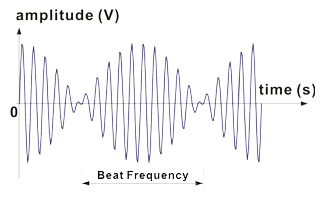
Figure 1. Amplitude-Modulated Beat of Sinusoidal Wave
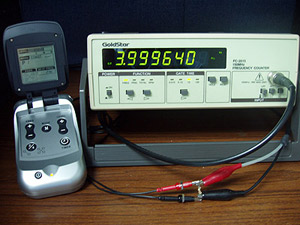
Figure 2. Output Frequency of Channel 1 with 4,000Hz setting (Measured Freq. = 3,999.64Hz)
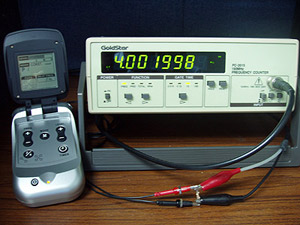
Figure 3. Output Frequency of Channel 2 with 4,002Hz setting (Measured Freq. = 4,001.998Hz)
